Home>Articles>How Long Is Vacuum Sealed Chicken Good For In The Freezer
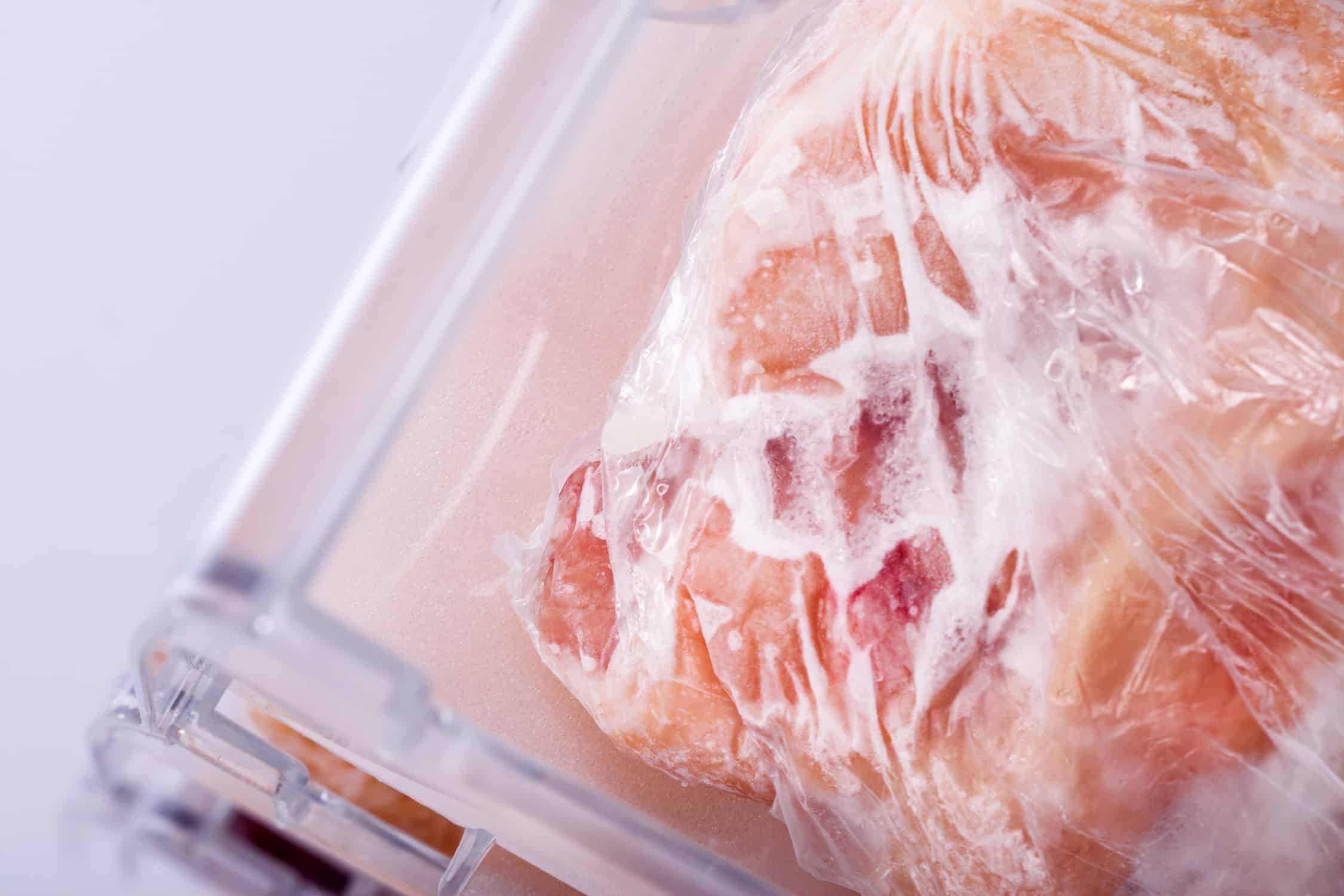

Articles
How Long Is Vacuum Sealed Chicken Good For In The Freezer
Modified: February 27, 2024
Discover how long vacuum sealed chicken stays fresh in the freezer with our informative articles. Learn tips and tricks for preserving your poultry for maximum freshness.
(Many of the links in this article redirect to a specific reviewed product. Your purchase of these products through affiliate links helps to generate commission for Storables.com, at no extra cost. Learn more)
Introduction
When it comes to preserving the freshness and quality of chicken, vacuum-sealing is a popular method used by many home cooks and food enthusiasts. Vacuum sealing removes the air from the packaging, creating an airtight seal that helps to prevent the growth of bacteria, reduce freezer burn, and extend the shelf life of the chicken.
Understanding the shelf life of vacuum-sealed chicken in the freezer is essential for ensuring food safety and maintaining the optimal taste and texture of the meat. In this article, we will explore the factors that affect the shelf life of vacuum-sealed chicken and provide some tips to help you maximize its longevity.
Before we delve into the specifics, it’s important to note that the quality of the chicken itself plays a significant role in determining its shelf life. Purchasing fresh, high-quality chicken is essential for optimal storage and extended freezer life. Additionally, proper packaging technique, temperature, and storage conditions also influence how long vacuum-sealed chicken remains in good condition.
By understanding the various factors at play, you can make informed decisions on how to best preserve your vacuum-sealed chicken and ensure it remains safe to consume for an extended period.
In the following sections, we will discuss the factors that can affect the shelf life of vacuum-sealed chicken in more detail, as well as the recommended storage duration and signs of spoilage to look out for. We will also share some tips on how to maximize the shelf life of vacuum-sealed chicken in the freezer.
Key Takeaways:
- Vacuum-sealed chicken can last 9 to 12 months in the freezer, but quality, proper packaging, and storage conditions are crucial for optimal taste and safety.
- Signs of spoilage in vacuum-sealed chicken include strange odors, unusual texture, mold growth, excessive freezer burn, and unpleasant taste. Regular inspection is key.
Understanding vacuum-sealed chicken
Vacuum-sealed chicken refers to chicken that has been packaged using a vacuum sealer, which removes the air from the packaging before sealing it. This process helps to create a tight seal that prevents the entry of air, moisture, and bacteria, thereby preserving the quality and freshness of the chicken for a longer period.
By removing the air, the vacuum-sealed packaging minimizes the risk of freezer burn and oxidation, which can lead to the deterioration of the chicken’s texture, flavor, and overall quality. Vacuum-sealing also helps to retain the natural juices of the chicken, ensuring a moist and succulent eating experience.
The air removal process in vacuum sealing helps to create a barrier against outside elements and prevents bacterial growth. This is especially important in maintaining food safety, preventing spoilage, and reducing the risk of foodborne illnesses.
Vacuum-sealed chicken is an excellent option for meal prepping, as it allows you to portion and store chicken in individual servings, making it convenient to thaw and cook as needed. It also provides flexibility by extending the shelf life of the chicken in the freezer, giving you more time to consume it without compromising its quality.
It is important to note that while vacuum-sealing significantly extends the shelf life of chicken, it is not a magic solution that makes the chicken last indefinitely. The quality and freshness of the chicken at the time of packaging still play a crucial role in determining its overall shelf life.
Now that we have a better understanding of vacuum-sealed chicken, let’s dive into the factors that can affect its shelf life in the freezer.
Factors affecting the shelf life of vacuum-sealed chicken in the freezer
Several factors can influence the shelf life of vacuum-sealed chicken in the freezer. By considering these factors, you can ensure that your chicken stays fresh for a longer period. The main factors to consider include the quality of the chicken, proper packaging technique, and temperature and storage conditions.
Quality of chicken: The quality of the chicken at the time of vacuum-sealing is crucial in determining its overall shelf life. It is essential to start with fresh, high-quality chicken to ensure optimal storage and extended freezer life. Look for chicken that is well within its expiration date, free from any signs of spoilage or discoloration, and sourced from a reputable supplier.
Proper packaging technique: The way you package the vacuum-sealed chicken can significantly impact its shelf life. Ensure that the packaging is airtight and free of any leaks or tears. Use high-quality vacuum-sealer bags or containers specifically designed for freezer storage. Properly seal the packaging to prevent the entry of air, moisture, and harmful bacteria. Follow the instructions of your vacuum sealer to achieve the best results.
Temperature and storage conditions: The temperature at which you store the vacuum-sealed chicken is critical for maintaining its quality. Keep the freezer temperature set at or below 0°F (-18°C) to ensure optimal preservation. Any fluctuations in temperature can compromise the integrity of the packaging and cause freezer burn. Additionally, avoid storing the chicken near the freezer door or in areas where it may be exposed to temperature variations.
Furthermore, pay attention to the storage conditions of the vacuum-sealed chicken. Keep it in a well-organized freezer, ensuring that it is not overcrowded, as this can hinder proper air circulation. Label the packages with the date of sealing to keep track of its storage duration and prioritize the chicken that has been in the freezer the longest.
By considering these factors and taking the necessary steps to ensure quality, proper packaging, and appropriate temperature and storage conditions, you can maximize the shelf life of your vacuum-sealed chicken in the freezer.
Recommended storage duration for vacuum-sealed chicken in the freezer
While vacuum-sealing significantly extends the shelf life of chicken in the freezer, it is important to note that it does not make the chicken last indefinitely. The recommended storage duration for vacuum-sealed chicken depends on various factors, including its quality at the time of packaging and the maintenance of proper storage conditions. Generally, vacuum-sealed chicken can be stored in the freezer for an extended period, but it is best to consume it within a certain time frame for optimal taste and quality.
It is generally recommended to consume vacuum-sealed chicken within 9 to 12 months of freezing. This timeline ensures that the chicken retains its flavor, texture, and overall quality. After this period, the chicken may still be safe to eat but may start to experience a decline in taste and texture.
Keep in mind that these recommended durations are guidelines and may vary depending on specific factors. If the vacuum-sealed chicken shows any signs of spoilage or freezer burn, it is best to discard it.
When consuming vacuum-sealed chicken, it is important to follow safe thawing practices. Thaw the chicken in the refrigerator rather than at room temperature to minimize the risk of bacterial growth. Allow enough time for the chicken to thaw completely before cooking to ensure even cooking and optimal food safety.
Remember to always use your best judgment when evaluating the quality of the chicken. If it looks or smells off, it’s better to err on the side of caution and discard it.
In summary, the recommended storage duration for vacuum-sealed chicken in the freezer is around 9 to 12 months. However, it is important to consider the quality of the chicken at the time of packaging and follow proper storage practices for optimal taste and safety. Maintaining a well-organized freezer and labeling packages with the date of sealing can help you keep track of the storage duration and prioritize consumption accordingly.
Vacuum sealed chicken can last in the freezer for up to 2-3 years if properly sealed and stored at 0°F (-18°C). Be sure to label with the date to keep track of its freshness.
Signs of spoilage in vacuum-sealed chicken
While vacuum-sealed chicken in the freezer can last for an extended period, it is essential to be aware of the signs of spoilage. Any signs of spoilage indicate that the chicken may no longer be safe to consume. Here are some common signs to watch out for:
- Strange or foul odor: If the vacuum-sealed chicken emits an unpleasant odor, such as a sour or rotten smell, it is a clear sign of spoilage. Fresh chicken should have a mild, clean scent. If the odor is pungent or off-putting, it’s best to discard the chicken.
- Unusual texture or appearance: Inspect the chicken visually for any changes in texture or color. Spoiled chicken may appear slimy or sticky to the touch. It may also have patches of discoloration, spots, or an unnatural hue. These changes in texture and appearance indicate potential bacterial growth and spoilage.
- Mold growth: If you notice any mold or fungus on the vacuum-sealed chicken, it is a clear indication of spoilage. Mold growth on food is a sign of contamination and should never be ignored.
- Excessive freezer burn: While some degree of freezer burn is normal in frozen foods, excessive freezer burn can affect the quality and taste of the chicken. Look for white or grayish patches on the chicken’s surface, which indicate freezer burn. Freezer-burned chicken may have a dry, dehydrated texture and a rancid taste.
- Unpleasant taste: If the vacuum-sealed chicken has an off or unpleasant taste, it is a strong indication of spoilage. Fresh chicken should have a natural and enjoyable flavor. If the taste is rancid, sour, or generally unpleasant, it is best to discard the chicken.
It is important to mention that if you are in doubt about the safety or quality of vacuum-sealed chicken, it is always better to err on the side of caution and discard it. Consuming spoiled chicken can lead to foodborne illnesses and can be harmful to your health.
Regularly inspecting the vacuum-sealed chicken for these signs of spoilage and practicing proper storage and handling techniques will help ensure that you are consuming safe and high-quality chicken.
Tips for maximizing the shelf life of vacuum-sealed chicken in the freezer
If you want to maximize the shelf life of vacuum-sealed chicken in the freezer and ensure that it remains fresh and high-quality for as long as possible, here are some helpful tips to follow:
- Start with fresh, high-quality chicken: The quality of the chicken at the time of vacuum-sealing plays a crucial role in determining its overall shelf life. Choose fresh chicken that is well within its expiration date, free from any signs of spoilage or discoloration, and sourced from a reputable supplier.
- Properly package the chicken: Pay attention to the packaging of the vacuum-sealed chicken. Ensure that the packaging is airtight and free of any leaks or tears. Use high-quality vacuum-sealer bags or containers designed specifically for freezer storage. Properly seal the packaging to prevent the entry of air, moisture, and harmful bacteria. Follow the instructions of your vacuum sealer to achieve the best results.
- Set the freezer temperature: Maintain the freezer temperature at or below 0°F (-18°C) to ensure optimal preservation. Fluctuations in temperature can compromise the integrity of the packaging and cause freezer burn. Avoid storing the chicken near the freezer door or in areas where it may be exposed to temperature variations.
- Organize the freezer: Keep the freezer well-organized to allow proper air circulation. Avoid overcrowding the freezer, as this can hinder the cooling process. Label the packages with the date of sealing to keep track of their storage duration and prioritize consumption accordingly.
- Thaw safely: When thawing the vacuum-sealed chicken, do so in the refrigerator rather than at room temperature. Allow enough time for the chicken to thaw completely before cooking. Thawing in the refrigerator minimizes the risk of bacterial growth and ensures even cooking.
- Store in portioned sizes: Consider portioning the chicken and storing it in individual servings. This allows you to thaw only what you need, reducing the chances of food waste and unnecessary thawing and refreezing.
- Practice FIFO (First In, First Out): Adopting the FIFO method ensures that you use the oldest vacuum-sealed chicken first. This helps prevent any packages from being stored in the freezer for too long.
- Inspect regularly: Regularly inspect the vacuum-sealed chicken for any signs of spoilage, such as strange odors, unusual texture or appearance, mold growth, excessive freezer burn, or unpleasant taste. Discard any chicken that shows these signs.
By following these tips, you can maximize the shelf life of vacuum-sealed chicken and enjoy its freshness, flavor, and quality for an extended period in the freezer.
Conclusion
Vacuum-sealing chicken and storing it in the freezer is an effective way to extend its shelf life while preserving its quality and taste. By removing the air and creating an airtight seal, vacuum-sealing helps prevent the growth of bacteria, reduce freezer burn, and maintain the natural juiciness of the chicken.
Understanding the factors that affect the shelf life of vacuum-sealed chicken is essential for ensuring food safety and maximum freshness. The quality of the chicken at the time of packaging, proper packaging technique, and maintaining the right temperature and storage conditions all play a vital role in determining how long the chicken remains in good condition.
It is recommended to consume vacuum-sealed chicken within 9 to 12 months of freezing for optimal taste and texture. However, it is important to consider the quality of the chicken and any signs of spoilage when determining its safety and edibility.
Being aware of the signs of spoilage, such as strange odors, unusual texture or appearance, mold growth, excessive freezer burn, or unpleasant taste, is crucial in ensuring that you consume only safe and high-quality chicken.
To maximize the shelf life of vacuum-sealed chicken, start with fresh chicken, use proper packaging techniques, set the freezer temperature appropriately, organize the freezer, thaw safely, store in portioned sizes, practice FIFO, and regularly inspect the chicken for any signs of spoilage.
By following these guidelines, you can ensure that your vacuum-sealed chicken stays fresh, flavorful, and safe to consume for an extended period in the freezer, providing you with the convenience of having delicious chicken ready whenever you need it.
Frequently Asked Questions about How Long Is Vacuum Sealed Chicken Good For In The Freezer
Was this page helpful?
At Storables.com, we guarantee accurate and reliable information. Our content, validated by Expert Board Contributors, is crafted following stringent Editorial Policies. We're committed to providing you with well-researched, expert-backed insights for all your informational needs.
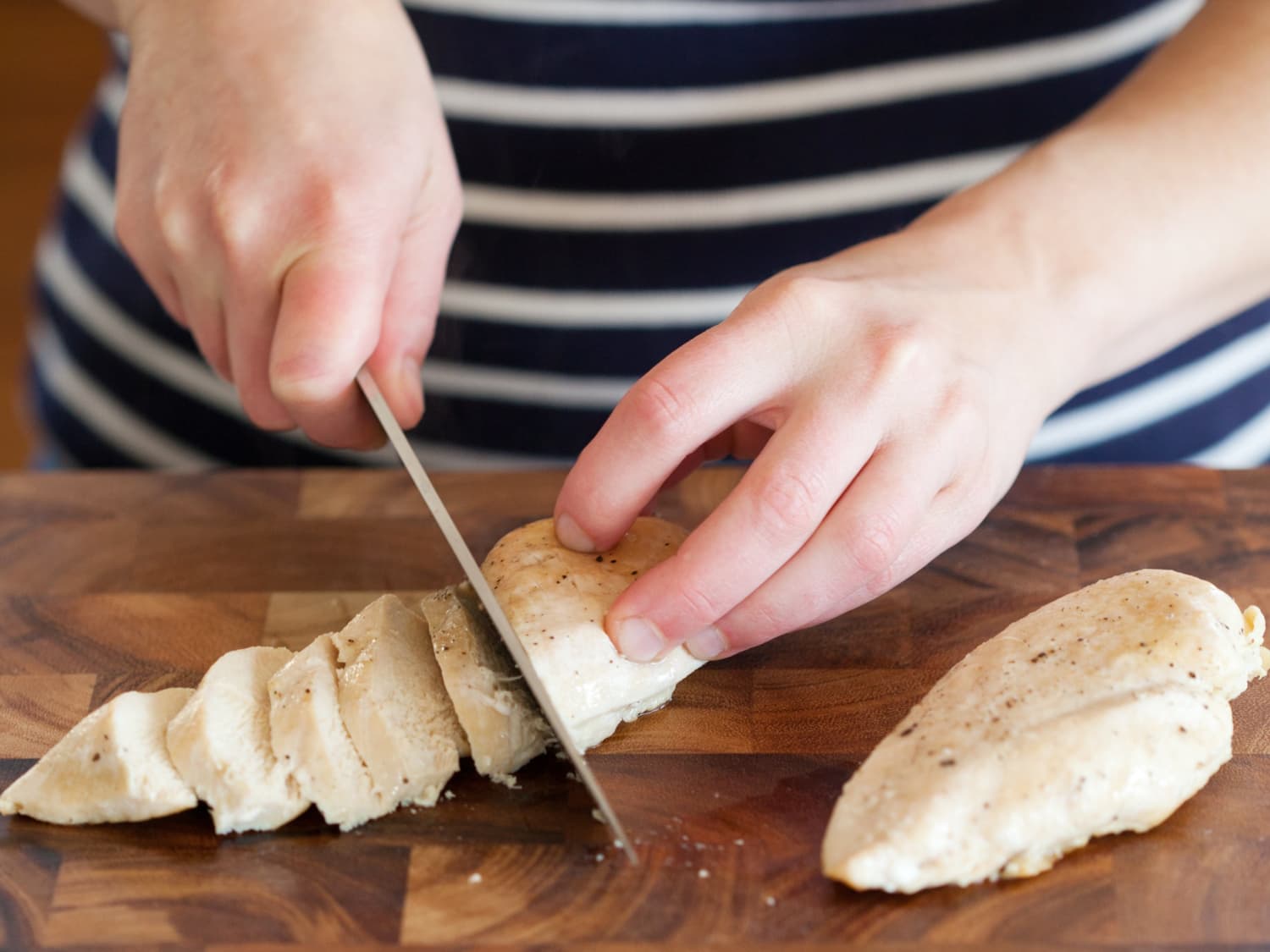
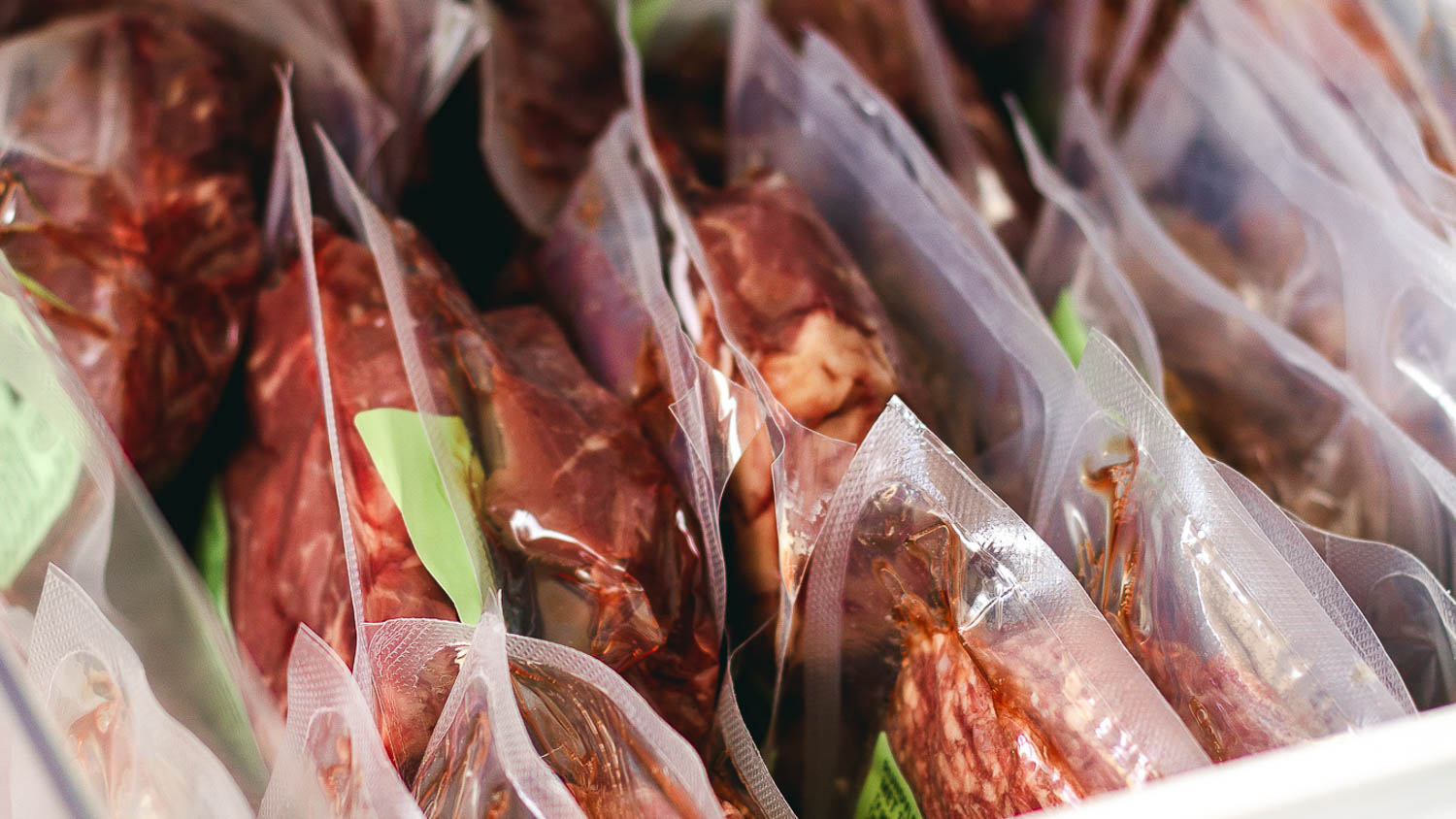
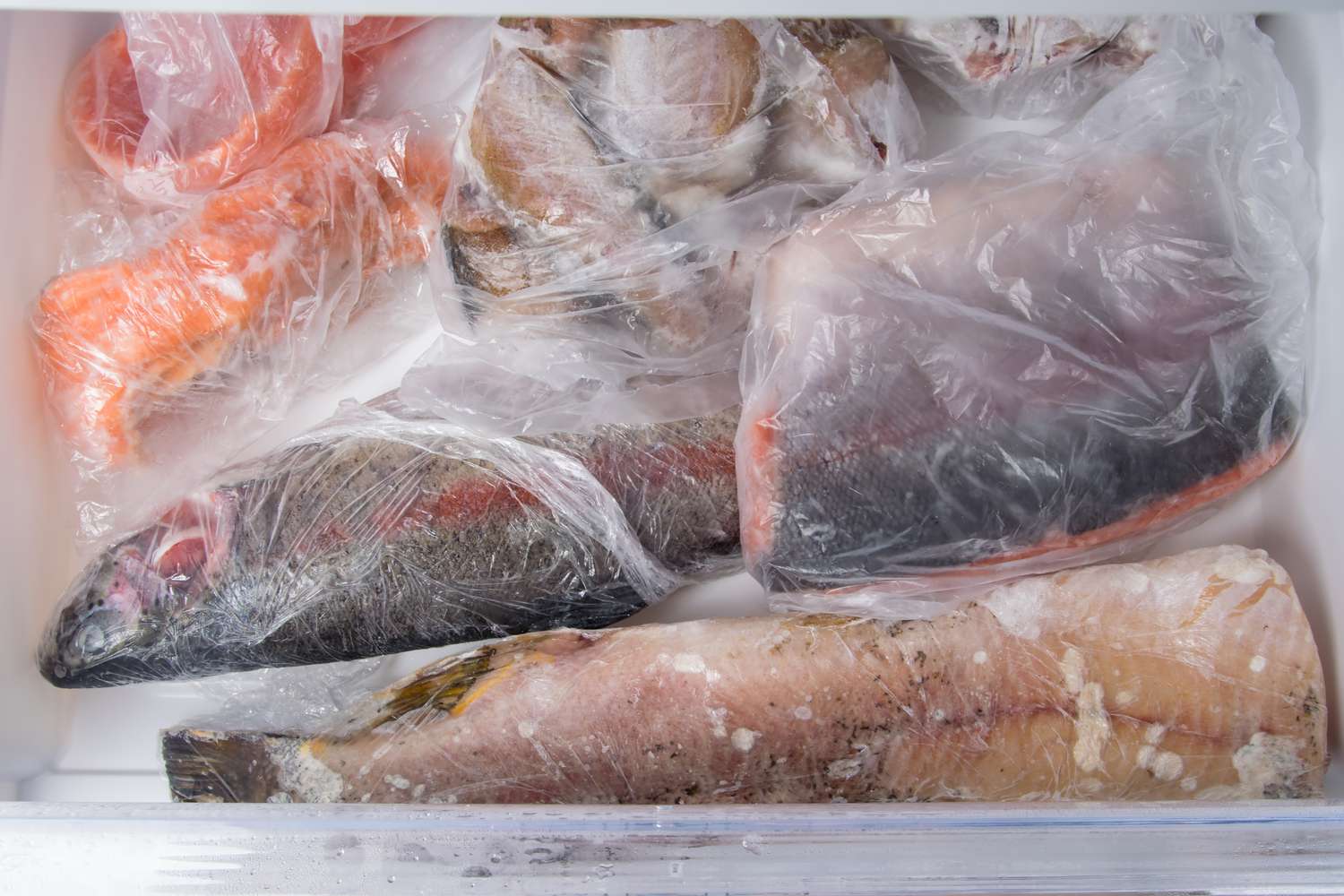
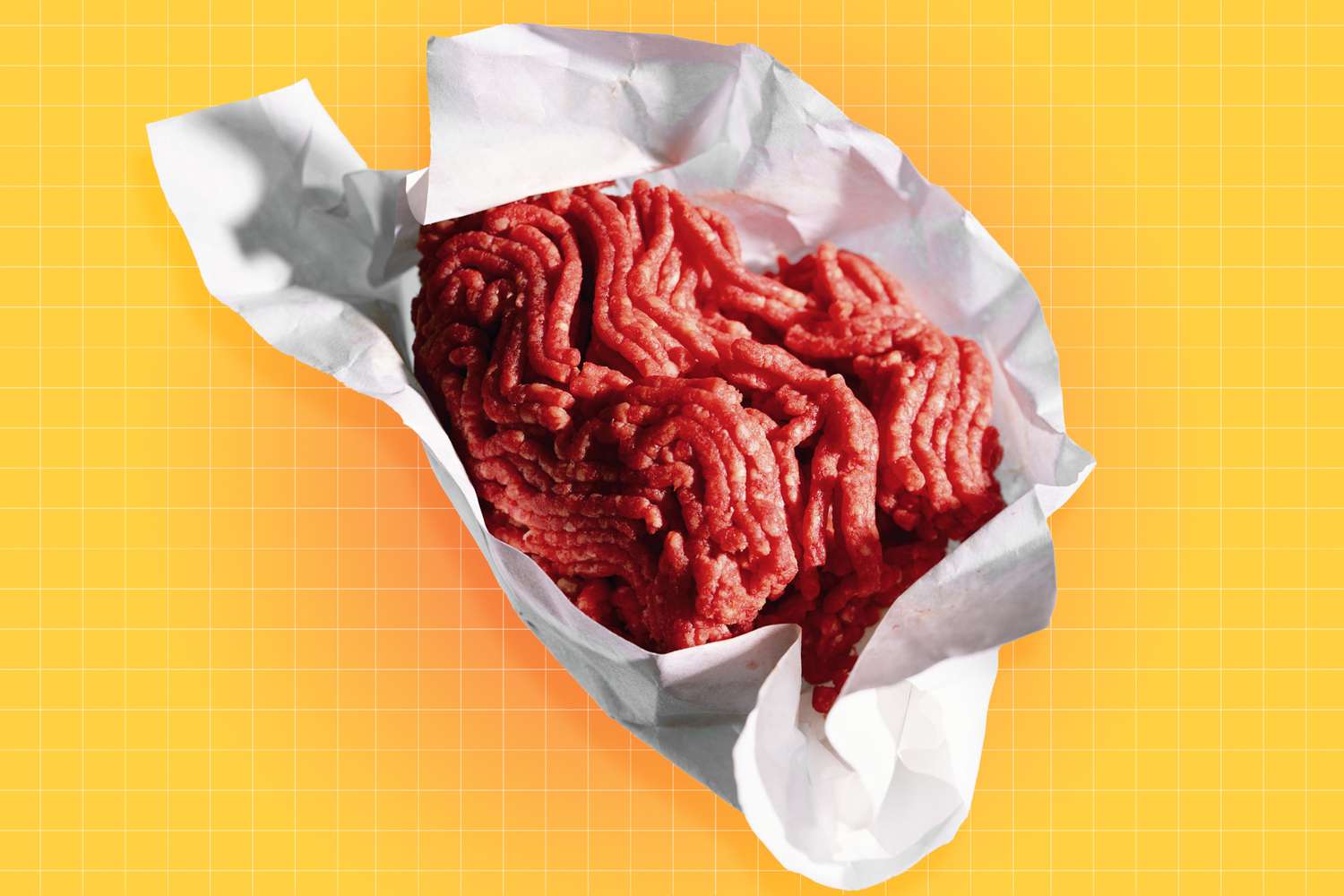
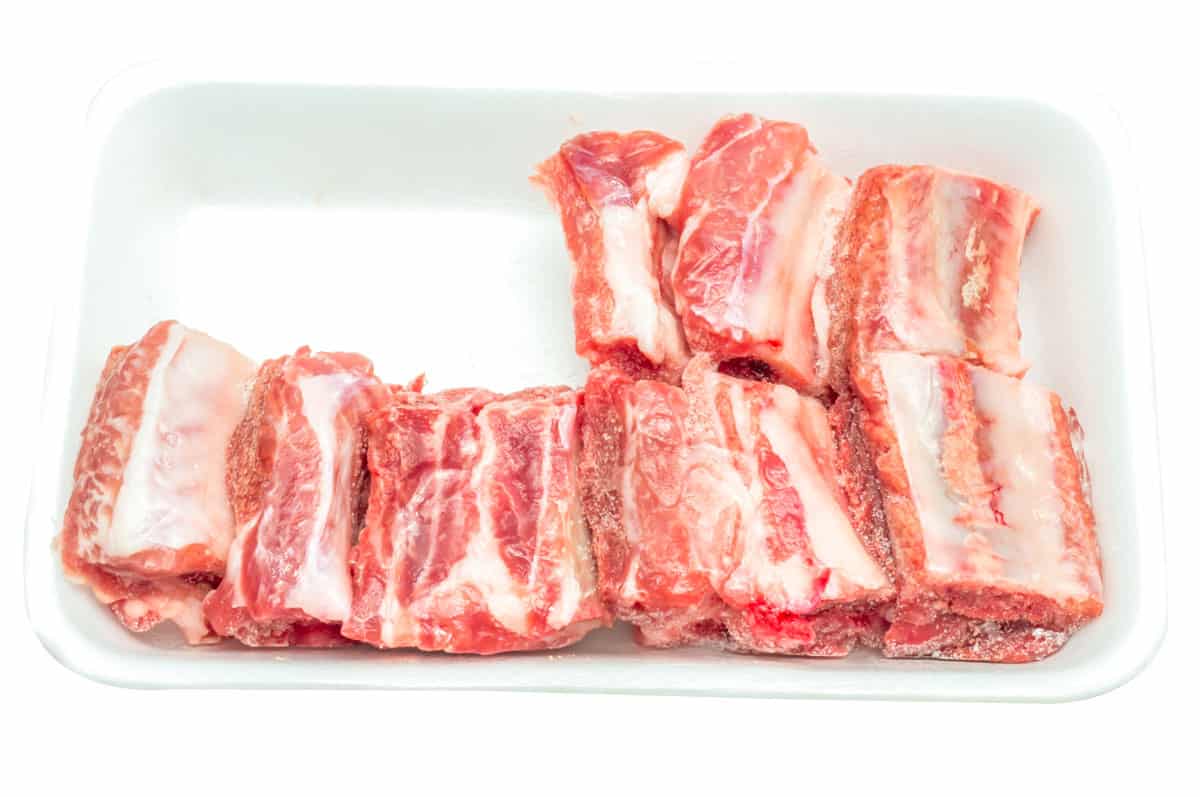
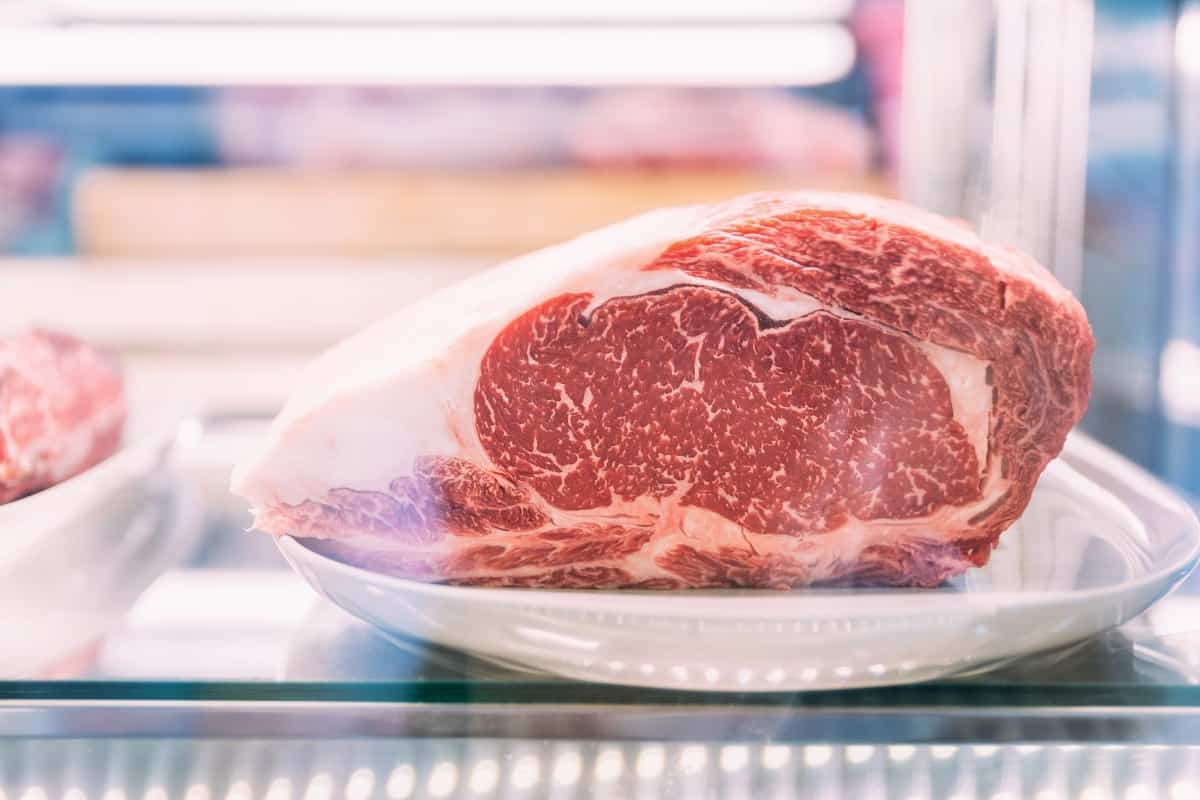
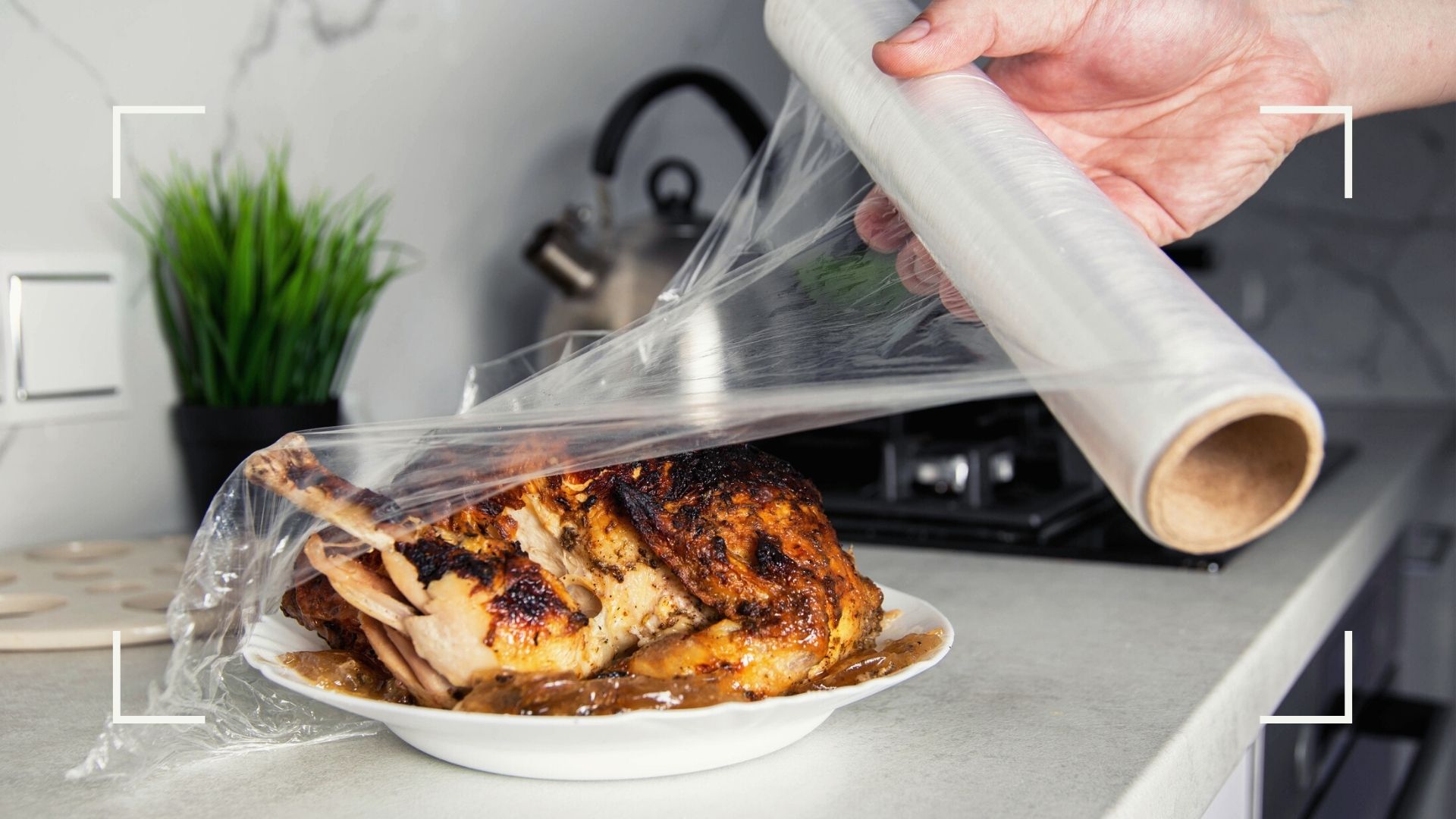
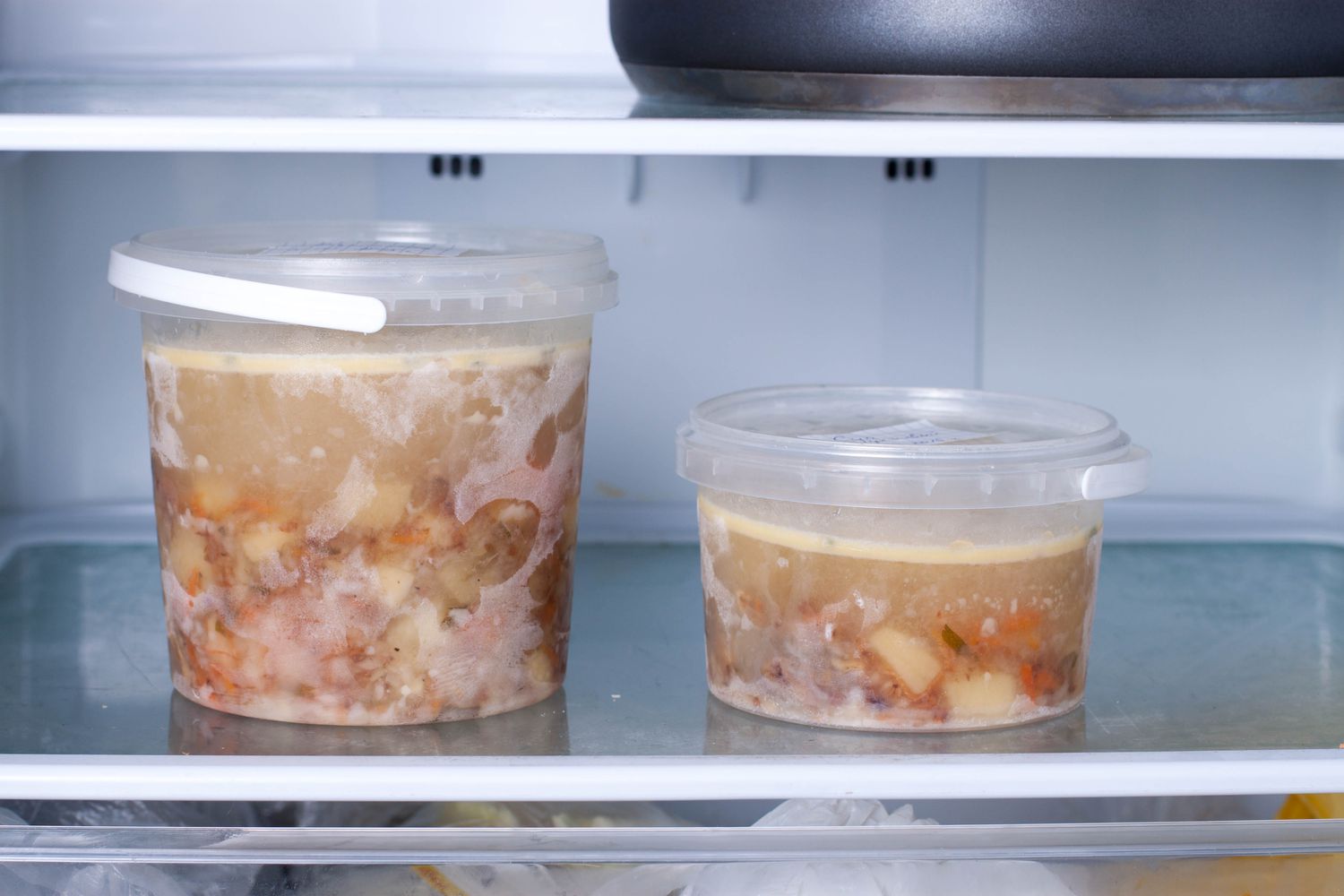
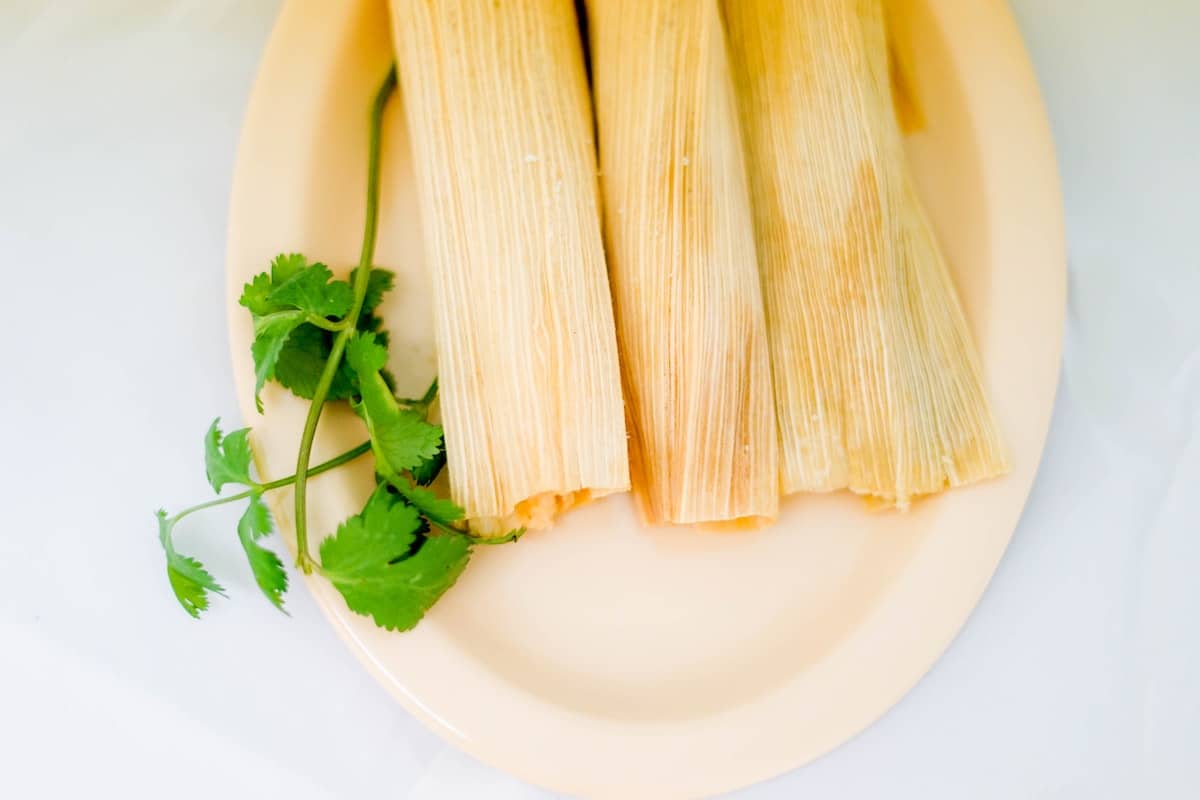
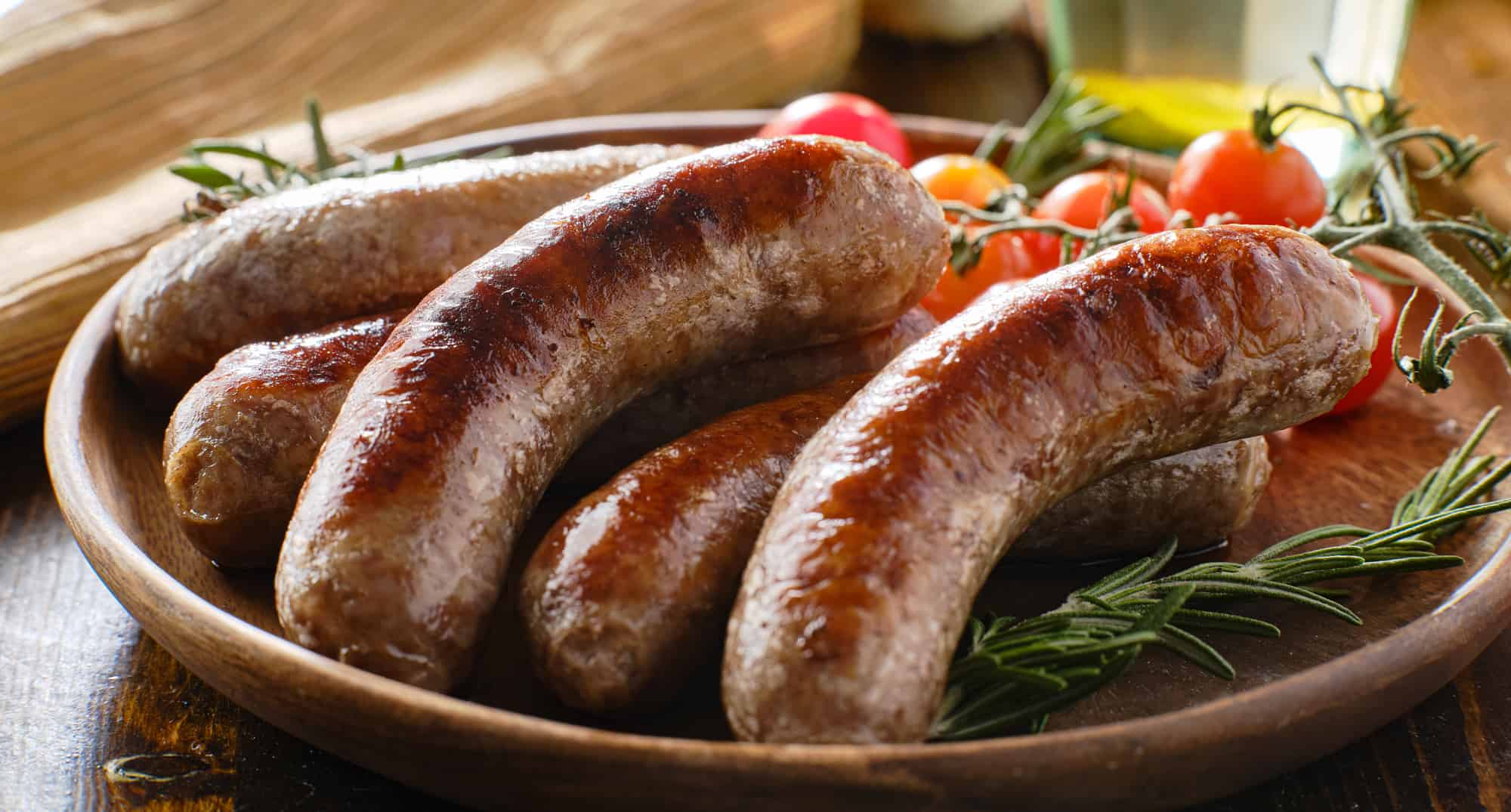
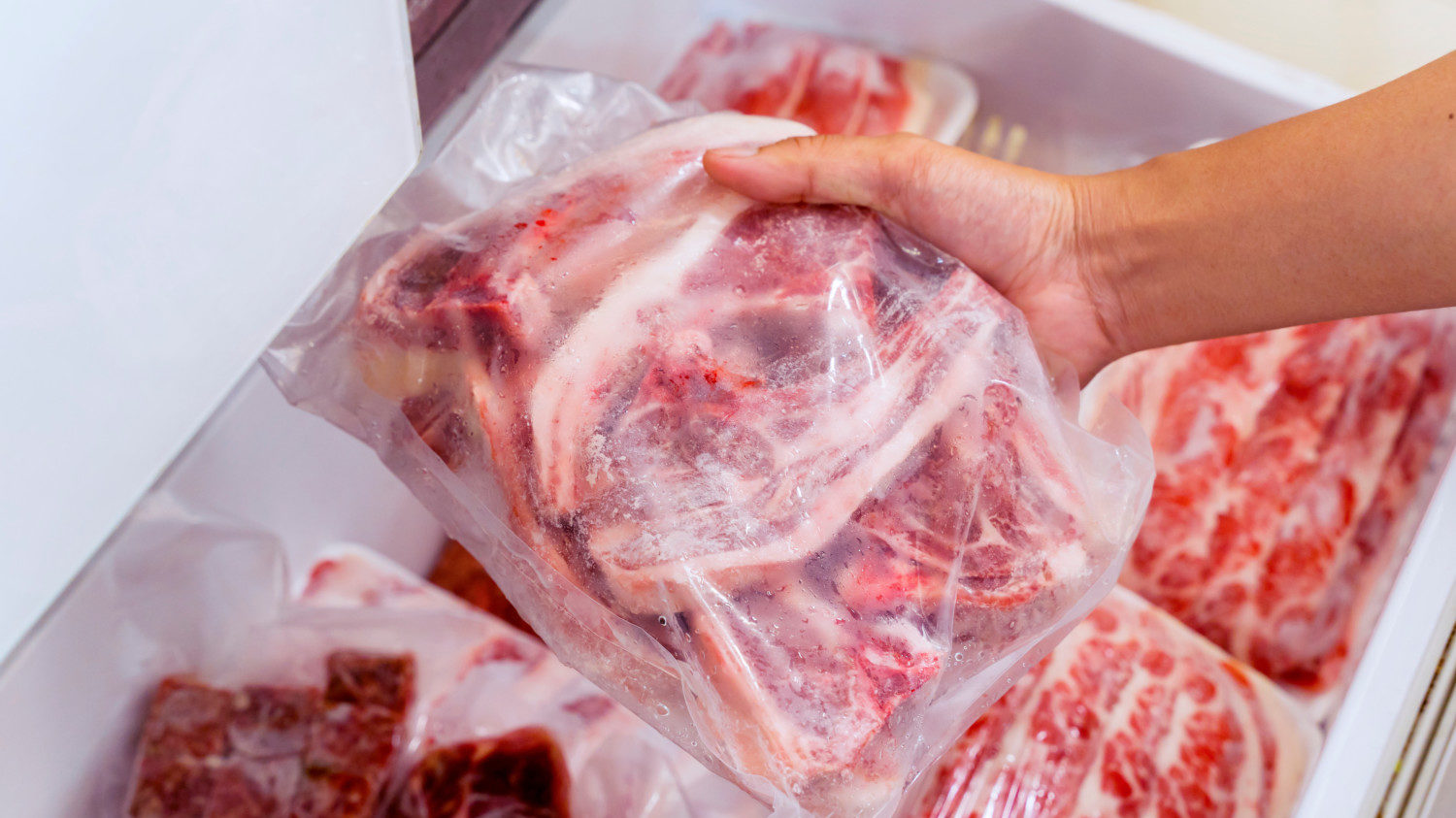

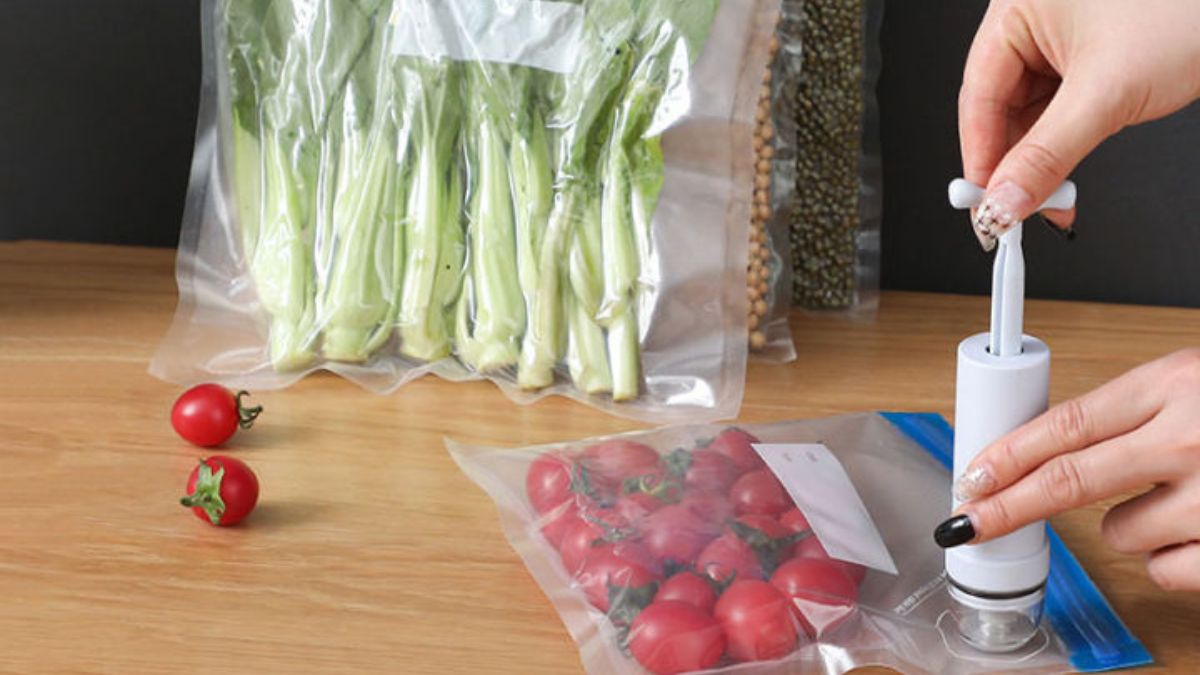
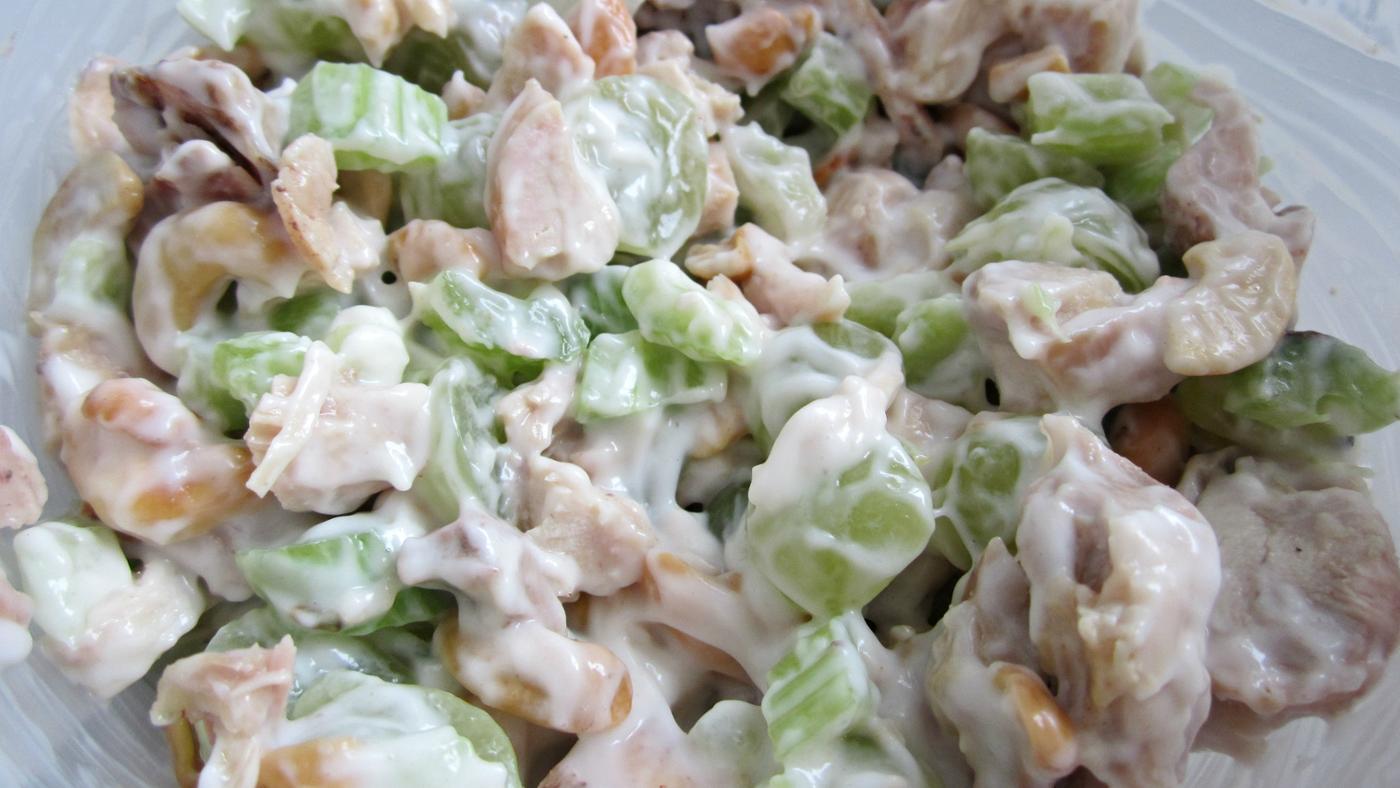

0 thoughts on “How Long Is Vacuum Sealed Chicken Good For In The Freezer”